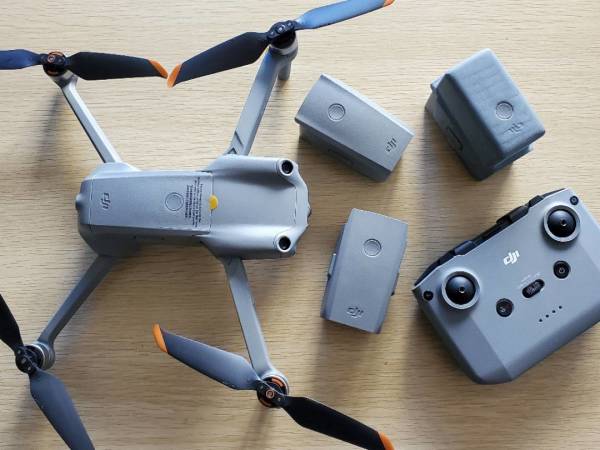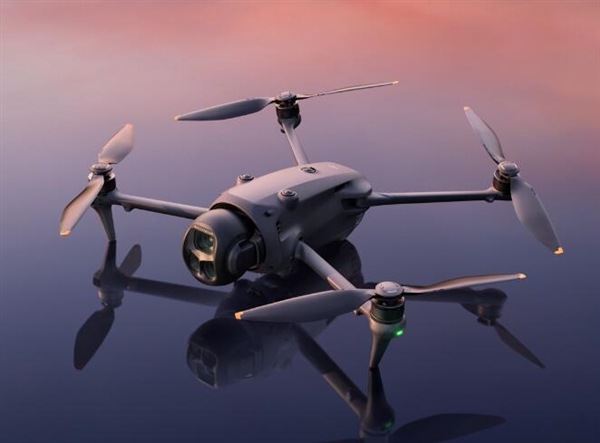In recent years, the surge in consumer drone popularity has sparked a keen interest in understanding the drone no fly zone map. Such maps are crucial tools for drone enthusiasts and professionals alike, as they delineate areas where flying drones is either restricted or prohibited. This ensures safe and legal drone operations while protecting privacy and national security interests. As regulations evolve and technological advancements continue, staying updated on these maps is indispensable for hobbyists and professionals who use drones for photography, delivery, and other innovative applications.
What Are Drone No Fly Zones?
Drone no fly zones are specific geographic areas where drone operations are restricted by government authorities. These can include airports, military bases, national parks, and other sensitive locations. The restrictions are enforced to prevent potential accidents and ensure privacy and security. Violation of these no fly zones can result in heavy fines and legal consequences.
The Importance of a Drone No Fly Zone Map
The rise in drone usage makes a clear understanding of where one can and cannot fly indispensable. The Federal Aviation Administration (FAA) in the United States, for example, provides various tools and apps that highlight these zones. Using a drone no fly zone map helps prevent inadvertent violations and promotes safe flying practices. It assists users in planning their routes, ensuring that every flight is compliant with local regulations. Apps like UAV Forecast and DJI’s Fly Safe have integrated these maps to make it simpler for users to plan their flights.
Understanding Dynamic Updates
One of the challenges with drone no fly zone maps is that they are subject to constant changes. Construction of new infrastructure, changes in security policies, and temporary restrictions due to public events can all lead to updates in these maps. As such, it’s crucial to have access to real-time data. Many authorities and applications now offer real-time updates, so users are informed about any sudden changes in restrictions. Integration with GPS and mobile technology allows for immediate access and notifications.
Technological Solutions
 Today’s technology makes it easier than ever to access accurate drone no fly zone maps. Mobile apps, websites, and GPS integrations offer a plethora of resources. Some apps are designed specifically for this purpose, providing detailed maps that are continuously updated to reflect the latest airspace regulations. These tools often come with additional features like weather conditions, wind speeds, and other factors essential for safe drone operations.
Today’s technology makes it easier than ever to access accurate drone no fly zone maps. Mobile apps, websites, and GPS integrations offer a plethora of resources. Some apps are designed specifically for this purpose, providing detailed maps that are continuously updated to reflect the latest airspace regulations. These tools often come with additional features like weather conditions, wind speeds, and other factors essential for safe drone operations.
Regulatory Variations Worldwide
It’s important to remember that drone no fly zone regulations are not consistent worldwide. Each country has its own set of rules and guidelines. For instance, the FAA governs drone activity in the United States, while the European Union Aviation Safety Agency (EASA) regulates it in Europe. It’s crucial for drone operators traveling internationally to research and understand the specific restrictions in their destination country to avoid any legal issues.
Drone No Fly Zone Maps in Urban Areas
 Urban areas pose unique challenges and often have more detailed restrictions due to the density of people and infrastructure. Many cities have implemented additional regulations to balance the benefits of drone technology with public safety and privacy. These urban-specific maps help navigate the complex landscape of airspace over cities.
Urban areas pose unique challenges and often have more detailed restrictions due to the density of people and infrastructure. Many cities have implemented additional regulations to balance the benefits of drone technology with public safety and privacy. These urban-specific maps help navigate the complex landscape of airspace over cities.
FAQs on Drone No Fly Zones
Q1: How often are drone no fly zone maps updated?
A: The frequency varies, but many official maps are updated in real-time, reflecting immediate changes in regulations. It’s advisable always to check the latest updates before flying your drone.
Q2: Can drones fly over private property?
A: Generally, no fly zone maps do not cover private property rights. While flying over private properties is technically permissible, it’s essential to respect privacy and local laws, which may prohibit such activities without permission.
Q3: Are all drones affected by no fly zones?
A: Yes, all drones, regardless of size or model, must adhere to no fly zones as designated by the local or national regulatory bodies.